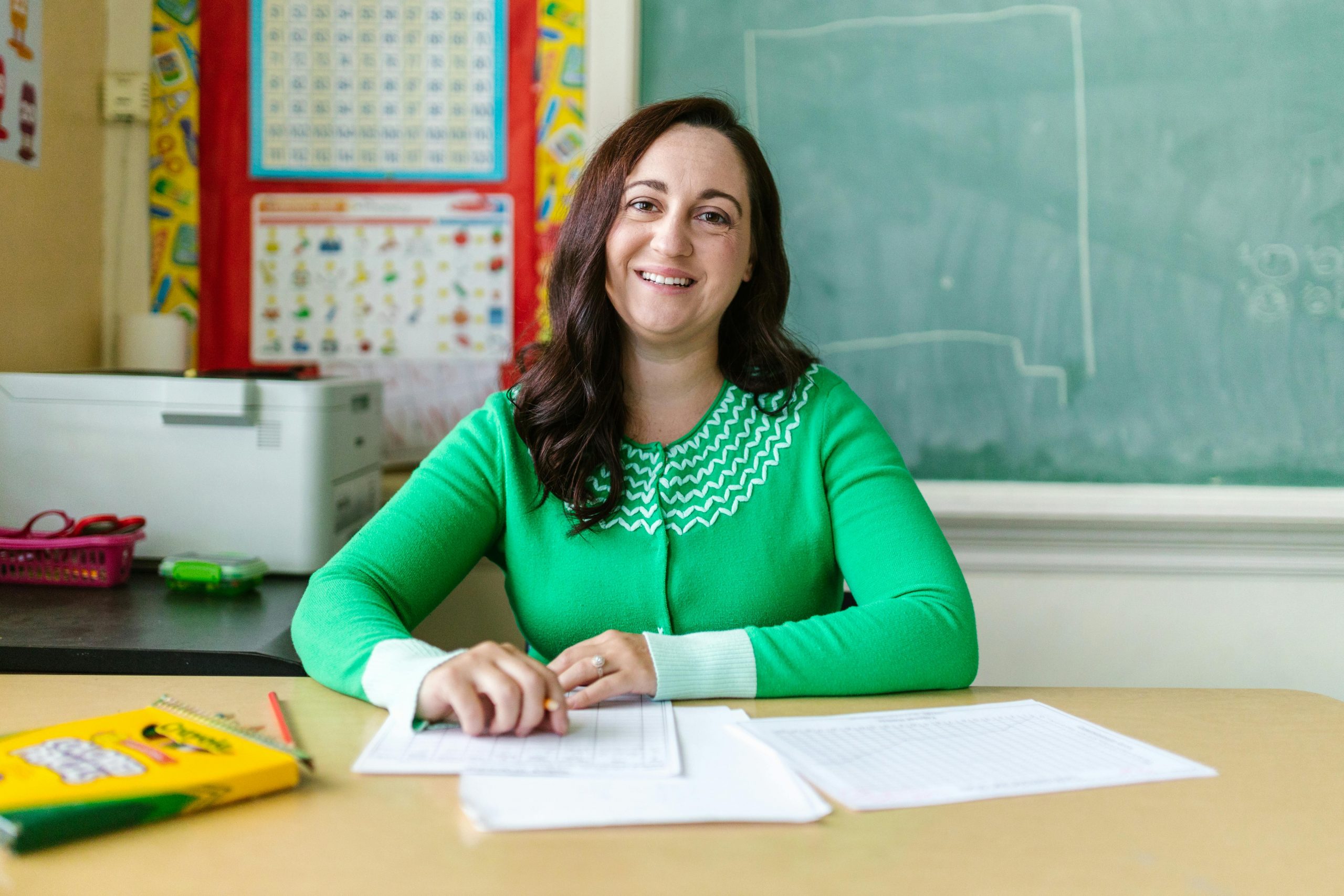Carefully planned lessons are a rarity in the real world. Life is not a series of modules, units, or activities. Assessments are high-stakes and have a major impact on such crucial milestones as job offers, career advancement, and special opportunities.
Of course, this isn’t to say that you should throw the baby out with the bathwater: lessons, units, and assessments are still useful to teachers and parents who homeschool, but a growing movement – project-based learning, or PBL – advocates a method of instruction that goes beyond isolated units and individual lessons. Let’s take a closer look at how this curriculum works and what you need to institute it in your home or school classroom.
Table of Contents
ToggleWhat Is Project-Based Learning?
Broadly defined, project-based learning is a more dynamic approach to education that embeds students in a “real-world” environment for an extended period of time. During that time, students formulate problems and questions, pose challenges, design approaches to answer those challenges, and generally operate using a project model.
This type of learning encourages students to learn more deeply about the subject they’re studying, to engage with it on multiple levels, and to learn the skills and practices that will enable them to deal with complex material in the sophisticated ways required in the real world. To be clear, this does not mean that you should expect students to meet adult standards of learning simply by using a project-based curriculum; rather, you should give them the means to address and solve large-scale problems over time, just as adults do in professional environments.
What Are the Hallmarks of a Good PBL Curriculum?
Naturally, students still need guidance to be successful in this type of curriculum.
While project-based learning is less like a lesson or a unit, and more like a true real-world application of knowledge (such as one might find in a professional or scientific environment), students still need ground rules, monitoring and redirection. More specifically, according to the Buck Institute for Education, they need:
- Key Knowledge, Understanding, and Success Skills: This includes background knowledge needed to engage with material successfully
- Challenging Problem or Question: A problem or question, set by the teacher, that frames the project (can be loose or open to student refinement)
- Sustained Inquiry: Enough time to engage with the material deeply, ranging from a week to a few months, and enough time during each sitting to dig in (at least an hour)
- Authenticity: Real-world context and meaning in students’ lives
- Student Voice & Choice: A crucial element, reflecting that students must be able to make some of the decisions regarding how and on what they work
- Reflection: Both students and teachers should think back on the process to see what worked and what didn’t
- Critique & Revision: Just as in the real world, students give and receive feedback, using it to improve their work and process in future
- Public Product: Students share their work beyond the walls of their classroom
This transition through steps effectively mimics real-world contexts, giving students skills they will draw on in later life when they step into roles as working professionals.
Required Resources
Projects are fairly open-ended and can apply to all subjects, so there is no one materials list for PBL. However, some of the primary resources include:
- An entry event: For example, a video, demonstration or reading assignment that introduces students to material
- Materials to engage with the problem: For example, science equipment if students are studying water quality; currency and goods if studying economics
- A public display or presentation venue: a hallway, a refrigerator, an auditorium
- Journals for note-taking and reflection
- Media for final projects: video cameras, computers with design software, printers, etc.
Necessary Skill Sets
“Students find project work more meaningful if they conduct real inquiry,” explains ACSD, “which does not mean finding information in books or websites and pasting it onto a poster.” To effectively engage with project-based learning, students need skills that can include but must go beyond merely basic skills such as using indexes or cutting and pasting text. Some of the necessary skills to either ensure they already know or pre-teach include
- Posing answerable questions
- Designing experiments or research projects
- Forming conclusions
- Analyzing qualitative or quantitative data
- Offering and accepting constructive criticism
- Working in groups
Students don’t necessarily need to possess all of these skills to begin; they can learn and discover new skills along the way, or package their findings in novel ways (i.e. this project might be the perfect time to develop communication skills by making videos and PSAs). However, they should have at least some familiarity with the above before beginning.
The project-based learning curriculum might feel like a stretch for educators or parents used to providing materials in neatly packaged lessons and units. However, once you understand the main goal of this type of learning – enable students to engage deeply with material over time – it becomes easier. Start with smaller projects, requiring less time and materials, and progress to bigger ones. Soon you’ll be engaging in project-based learning like a pro … as will your students.
All the best,
Steve









